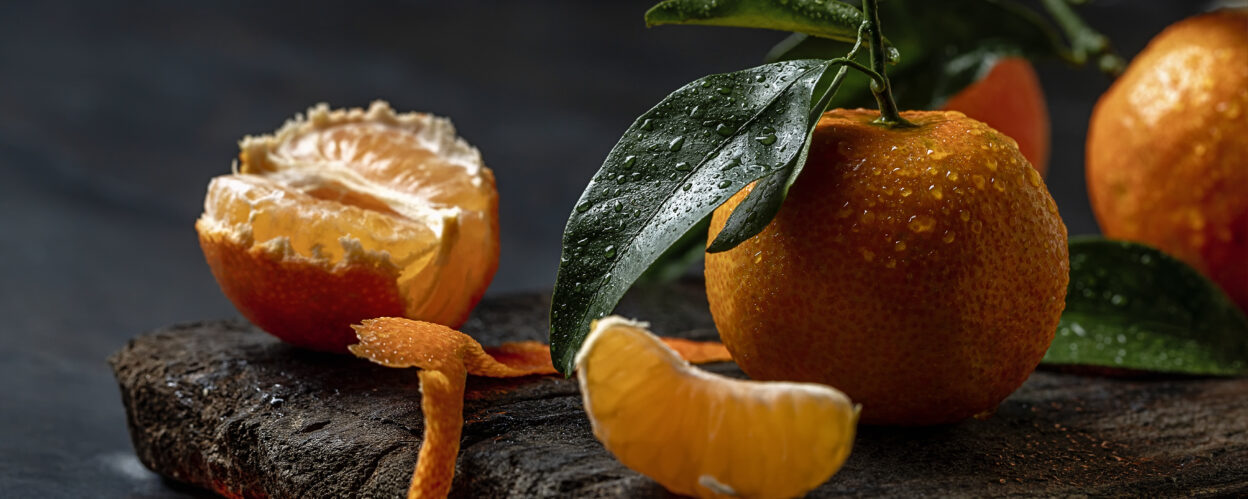Mandarin Orange or Ponkan? Learn more about tangerine types!
The mandarin orange, also known as a ponkan, manderine or mandarin, depending on where you are in the world, is a fruit in the tangerine family that is rich in vitamin C, vitamin A and antioxidants. That is why they help in preventing some health issues like colds, cancer, anemia or heart attack.
The mandarin orange and ponkan are two different types of tangerines that come from different plants. The first comes from the citrus deliciosa plant, whose fruit is slightly smaller and more acidic. While the ponkan is sweeter in flavor, has a thicker skin and comes from the Citrus reticulata plant (from which most tangerines come). Although the latter is a species native to Asia, it has adapted very well to the climate of Brazil, and especially to the geographic region of the Vale do Ribeira, located between the states of Paraná and São Paulo.
According to Antônio Carlos Simonetti, President of the Brazilian Citrus Association, tangerine production reaches around 50 to 60 metric tons per hectare in the Campanha region in the south of Minas Gerais state. Antônio also points out the importance of looking for a planting area that is free of greening, a disease that attacks all kinds of citrus fruit and which is incurable once a plant is afflicted.
Brazil is the world’s third largest producer of tangerines. According to information from the Food and Agriculture Organization of the United Nations, other major producers are Turkey, Egypt, Morocco, Japan, Iran, Italy, South Korea, the USA, Pakistan, Mexico and Argentina.
In Brazil, the state of São Paulo is the biggest producer, followed by Paraná, Minas Gerais, Rio Grande do Sul, Rio de Janeiro and Espírito Santo. And the numbers are amazing: the country produces around 20 million metric tons of oranges, limes and tangerines every year, according to data from. This accounts for 25% of the total worldwide, which makes us the world’s largest producer of citrus fruit.

